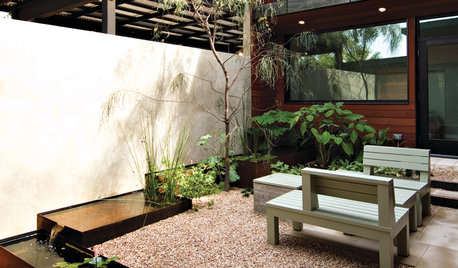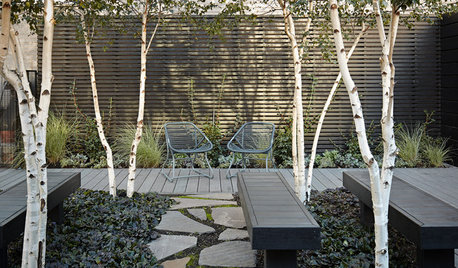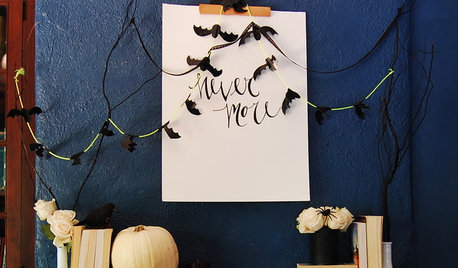Almond trees, climing roses & other stuff
Waurika
11 years ago
Related Stories

WINTER GARDENINGPruning Secrets for Exquisite Roses
Encourage gorgeous blooms year after year with this time-tested advice on how to prune your rosebush in winter for health and shape
Full Story
LIFEYou Said It: ‘Some Ask Why, Others Why Not?’ and Other Houzz Quotables
Design advice, inspiration and observations that struck a chord this week
Full Story
LANDSCAPE DESIGNStrike a Balance: Stuff vs. Space in the Garden
Zoom out to the big design picture before focusing on the little details, to create a garden with all the elements in balance
Full Story
LANDSCAPE DESIGN5 Ways to Use Trees to Create a Sensational Garden Space
Trees define spaces in multiple ways and bring a layer of shade and intrigue to the landscape
Full Story
HOLIDAYSChristmas Tree Decorating the Painless Way
Holidays are for carols, not cussing. Make tree trimming less work and more fun with this guide at your side
Full Story
FARM YOUR YARDIf You Have Room for Only One Fruit Tree ...
Juice up a small garden with one of these easier-care or worth-the-effort fruit trees for a mild climate
Full Story
FALL GARDENING11 Trees for Brilliant Fall Color
Give your landscape the quintessential look of autumn with the red, orange and yellow leaves of these standouts
Full Story
GARDENING GUIDESGrow Your Own Privacy: How to Screen With Plants and Trees
Use living walls to lower your home and garden's exposure while boosting natural beauty in your landscape
Full Story
GARDENING GUIDESYes, You Can Grow an Edible Garden on a Hot, Dry Site
Difficult garden spots don’t need to deter you from planting trees, herbs and other delicious food plants
Full Story
HALLOWEENEasy Halloween Decorations From Stuff You Already Have
Go spooky or sophisticated with these DIY mantel decorations made from household items
Full StoryMore Discussions






Okiedawn OK Zone 7
WaurikaOriginal Author
Related Professionals
Kyle Landscape Architects & Landscape Designers · Anderson Landscape Contractors · Aberdeen Landscape Contractors · Bridgeview Landscape Contractors · Cornelius Landscape Contractors · Cudahy Landscape Contractors · Damascus Landscape Contractors · Hendersonville Landscape Contractors · Old Saybrook Landscape Contractors · South Hackensack Landscape Contractors · Wanaque Landscape Contractors · Washington Landscape Contractors · Wentzville Landscape Contractors · Markham Decks, Patios & Outdoor Enclosures · Rosemont Decks, Patios & Outdoor EnclosuresOkiedawn OK Zone 7
mulberryknob
Okiedawn OK Zone 7
mulberryknob
WaurikaOriginal Author
Okiedawn OK Zone 7